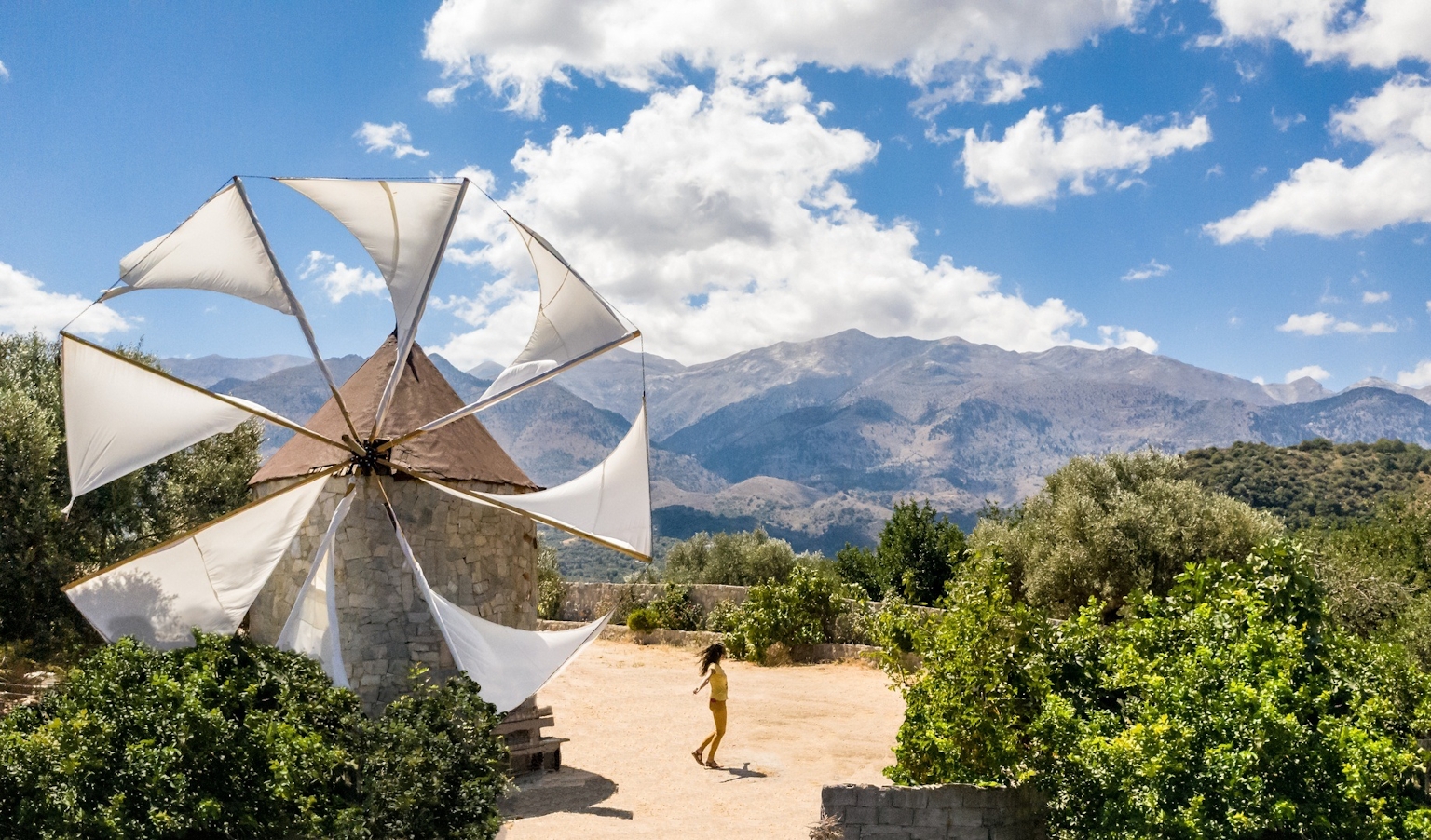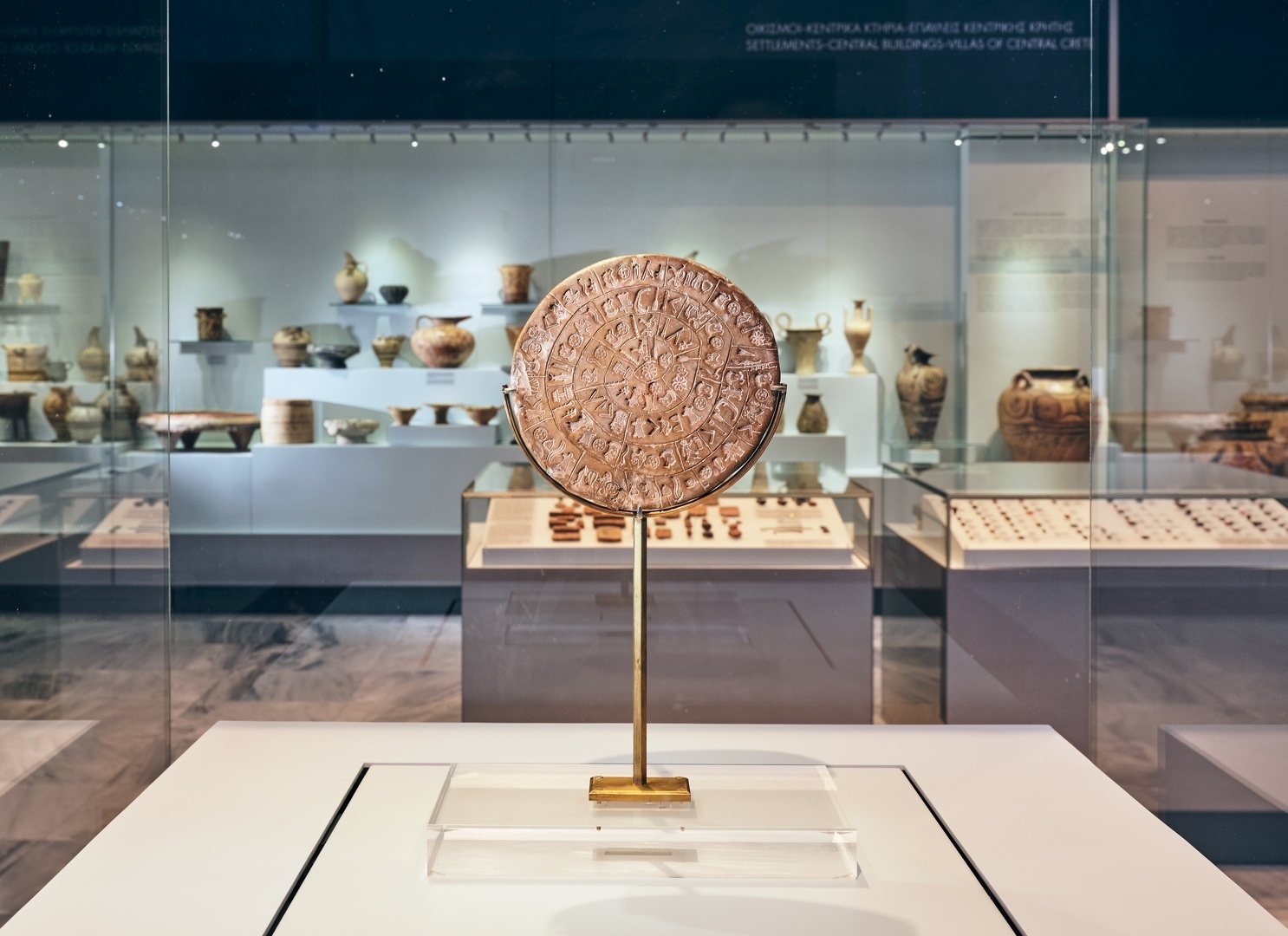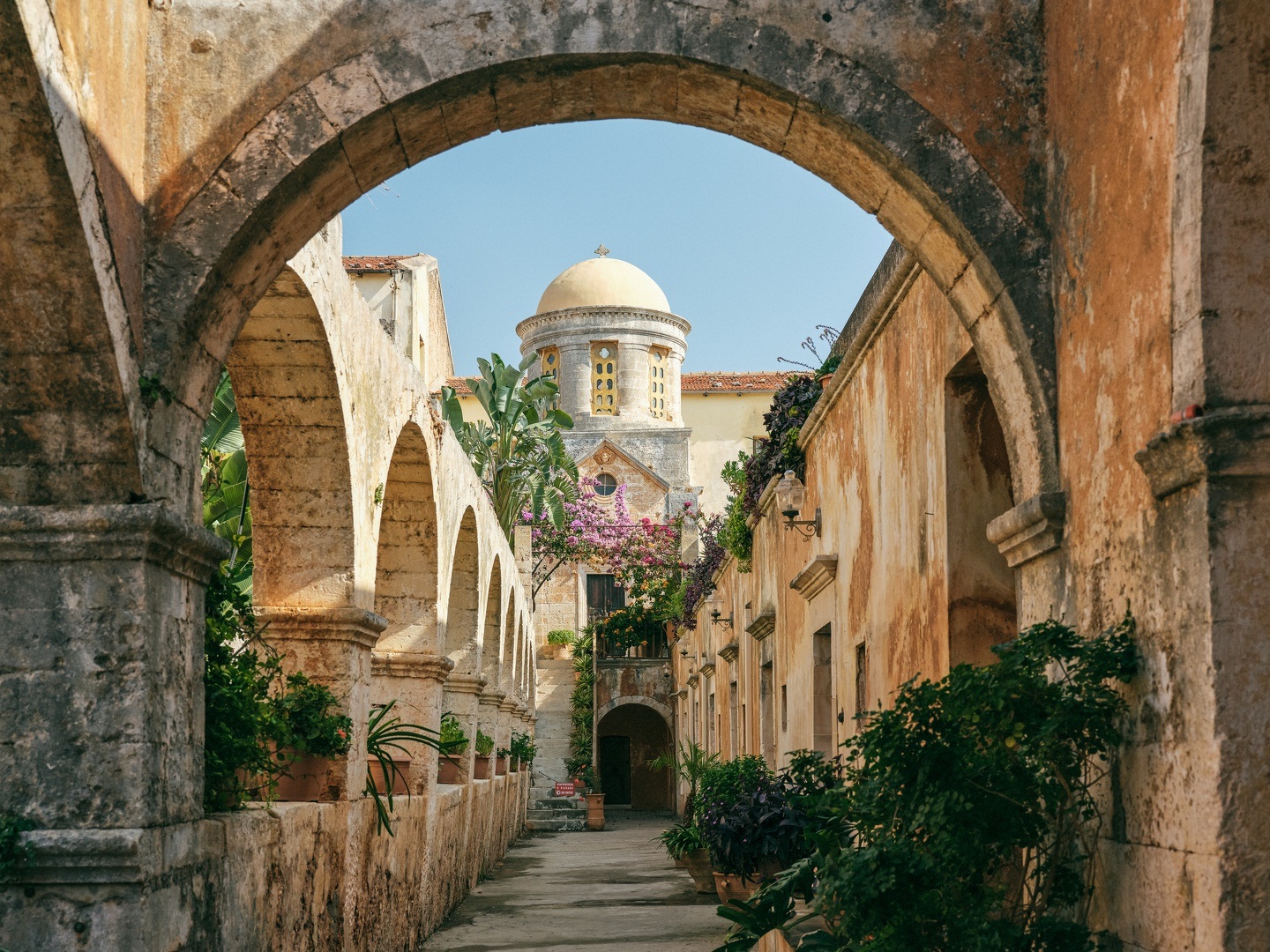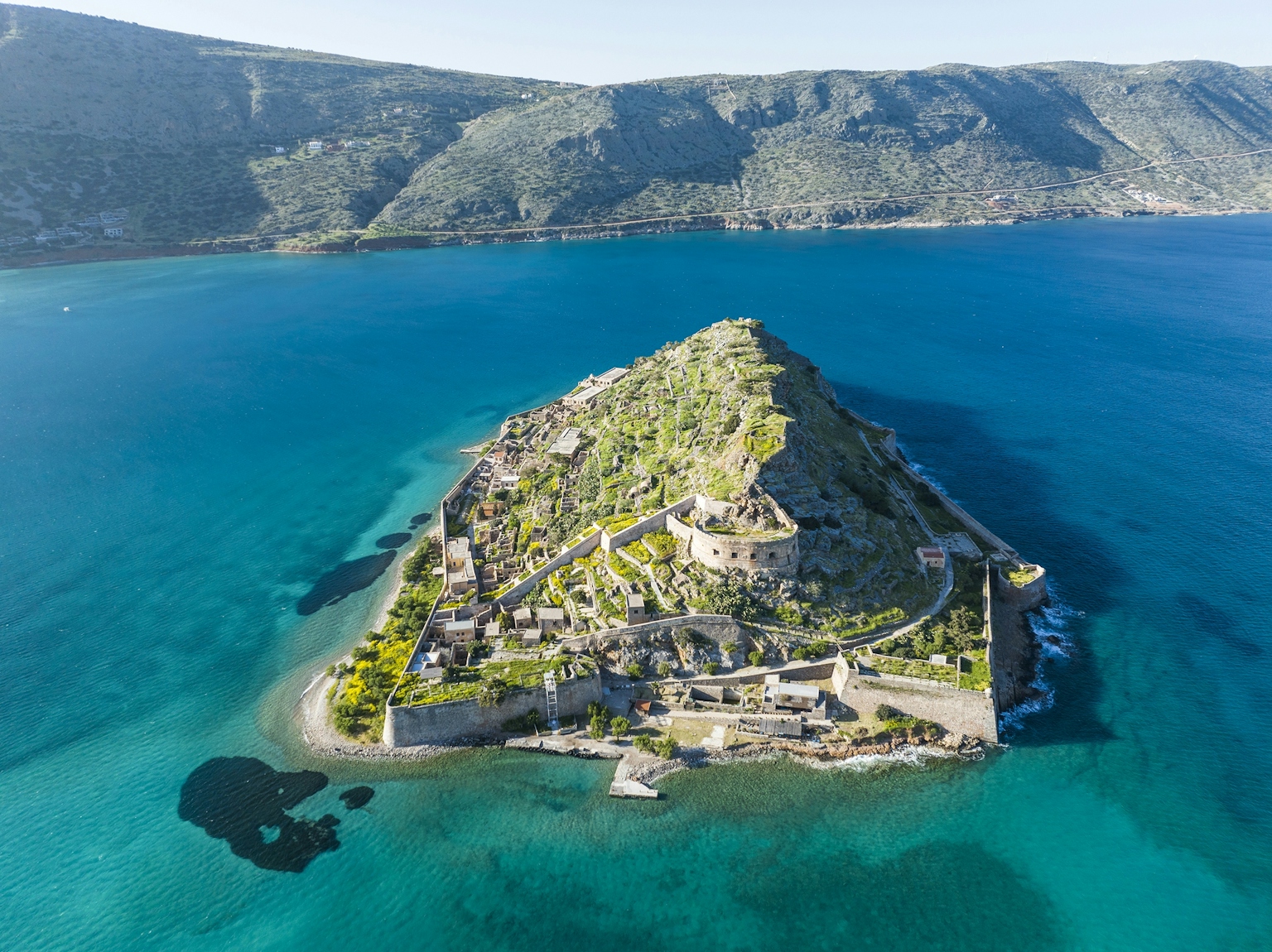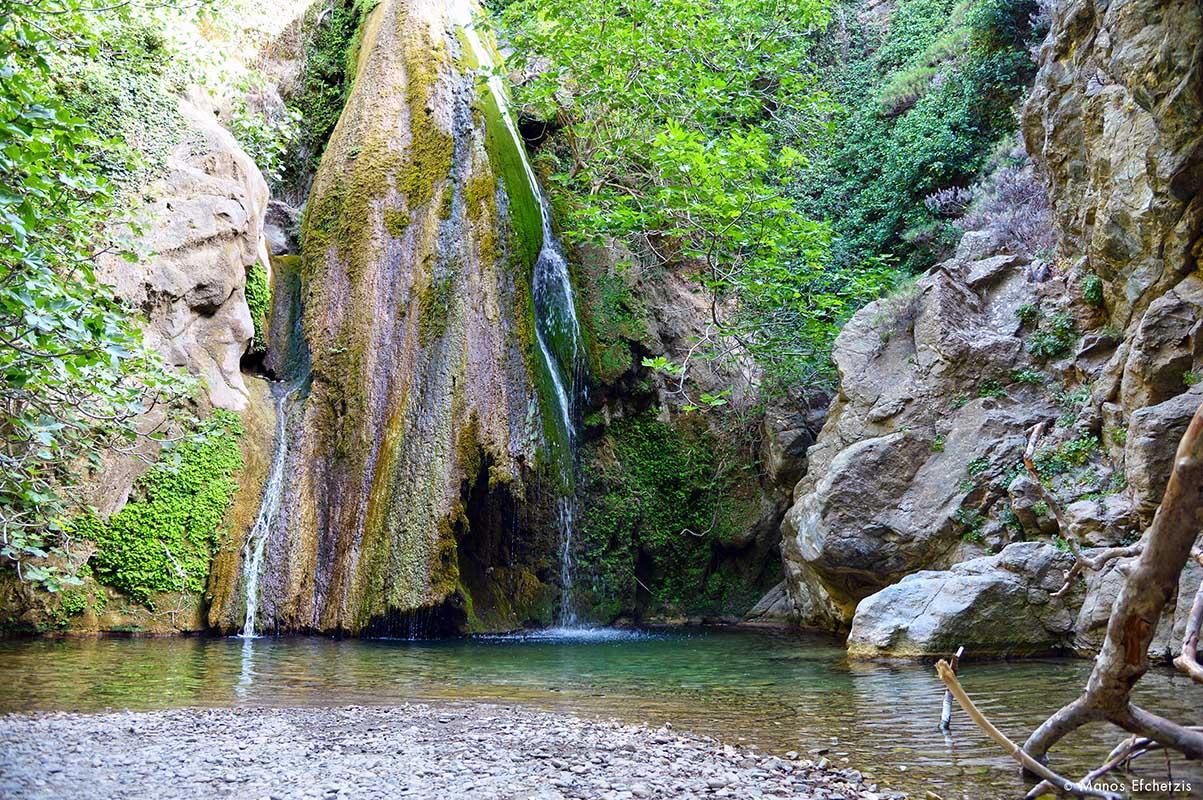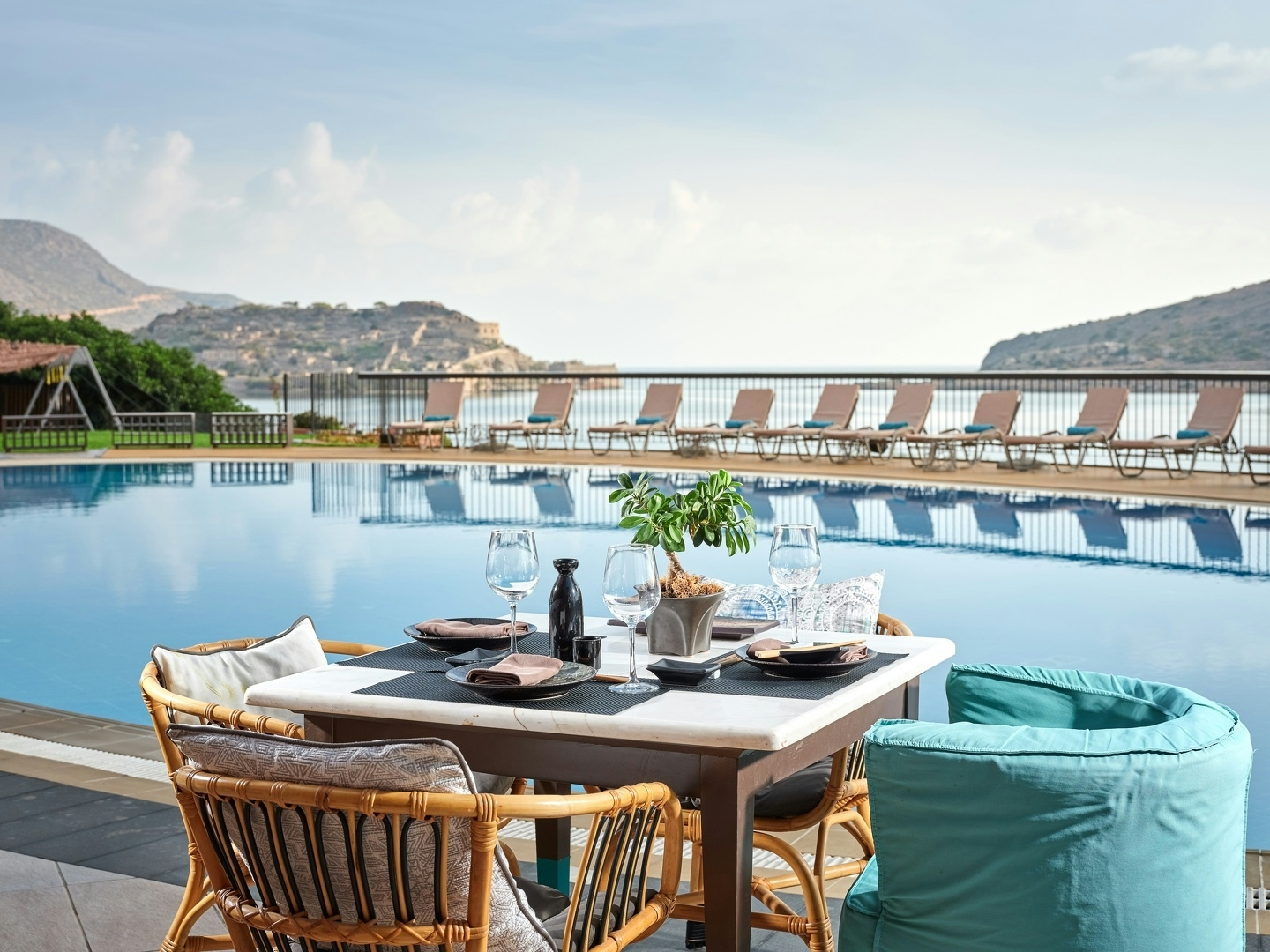"Iconography 2.0" at Toplou Monastery
Author Discover Crete
Culture
Culture

The Region of Crete actively supports the innovative programme "Living Tradition and Cultural Innovation in Crete", which positions the island as a vibrant hub of dialogue between cultural heritage and digital creation. The initiative, led by the organisation LOOX, is implemented in collaboration with monasteries, academic institutions and international artists. It bridges theology with ecology and art with social well-being.
The programme’s central action is "Iconography 2.0", a project that redefines the relationship between traditional iconography and technological innovation. The event is part of the Ministry of Culture's programme "All of Greece, One Culture", drawing inspiration from Andreas Embirikos’ thematic axis: “Receiving the past – The present as tomorrow and as yesterday.”
The culmination of this event will take place on Saturday 23 and Sunday 24 August 2025, at the historic Holy Patriarchal and Stavropegial Monastery of Panagia Akrotiriani and Saint John the Theologian at Toplou. The Monastery will be transformed into a hybrid physical-digital (phygital) environment, offering visitors a multi-sensory journey where light, image, and sound create a unique experience that unites past, present, and future.
During the weekend, distinguished professors from the Faculty of Theology at the National and Kapodistrian University of Athens, such as Sotirios Despotis, Kirki Kefalea, Stavros Yangazoglou, and Athanasios Antonopoulos, will present lectures and talks exploring the role of iconographic tradition as a bridge between cultural heritage, theology, and contemporary artistic practices.
The artworks on display are the outcome of a three-year programme of artistic education and experiential research, which fostered a dynamic ecosystem of collaboration among professors, students, visual artists, museologists, and the local community. The project is guided by its initiators Loukas Ziaras and Christos Kalaitzoglou.
The action is carried out under the auspices of the Ministry of Culture, the Hellenic Tourism Organization, the National and Kapodistrian University of Athens, and with the support of the Region of Crete.

